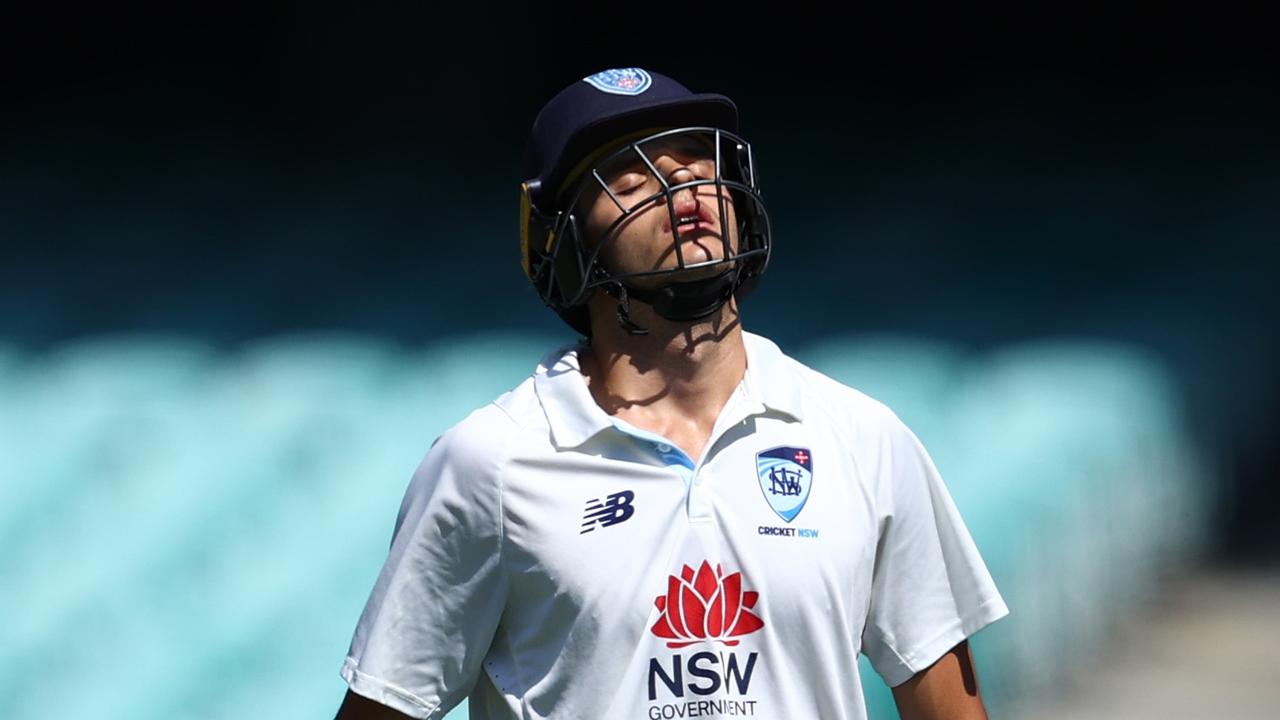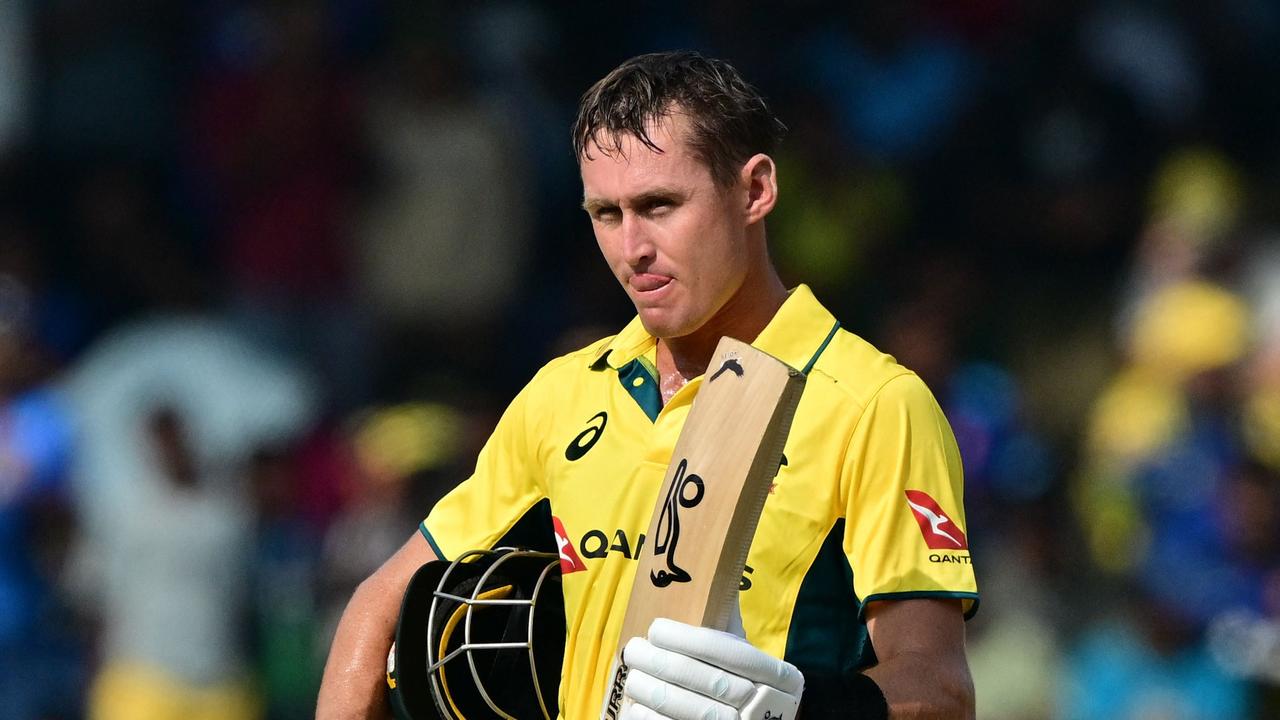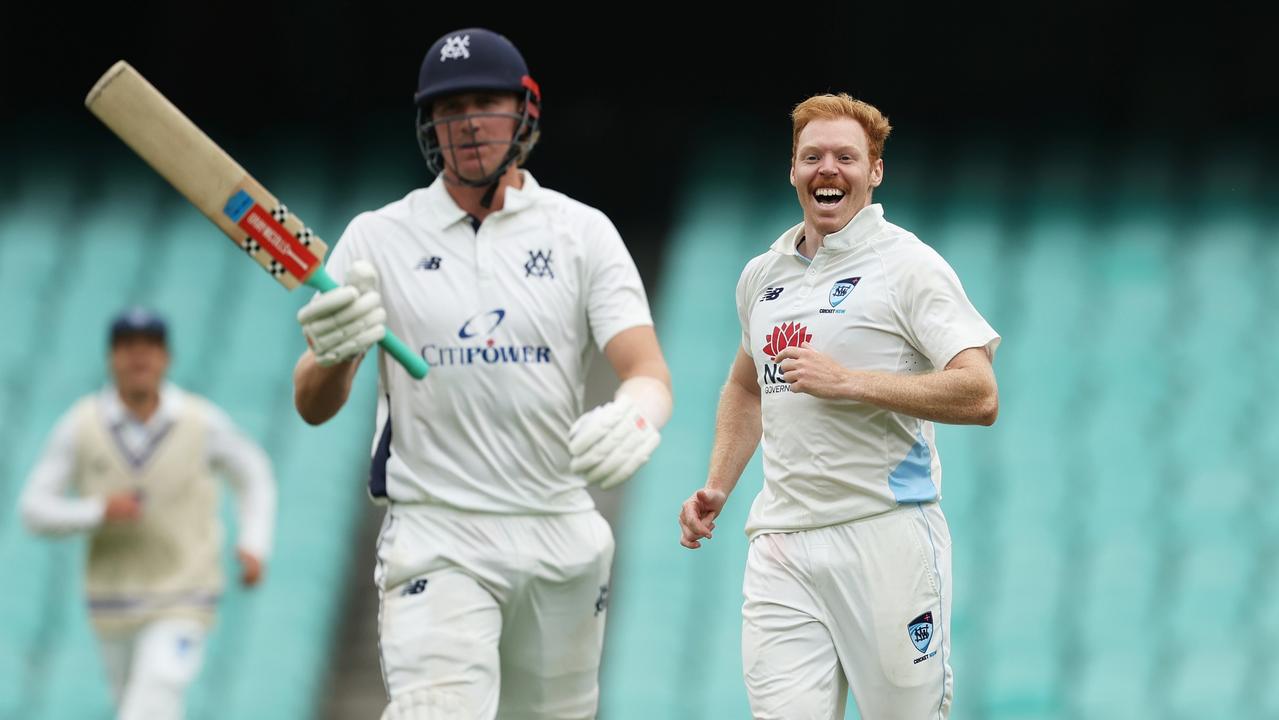‘Extraordinary scenes’: Sri Lankan locals defy ban, peacefully protest on Galle fort
Sri Lankan locals were barred from watching the second Test from the ramparts of Galle Fort, but that didn’t stop peaceful protesters.
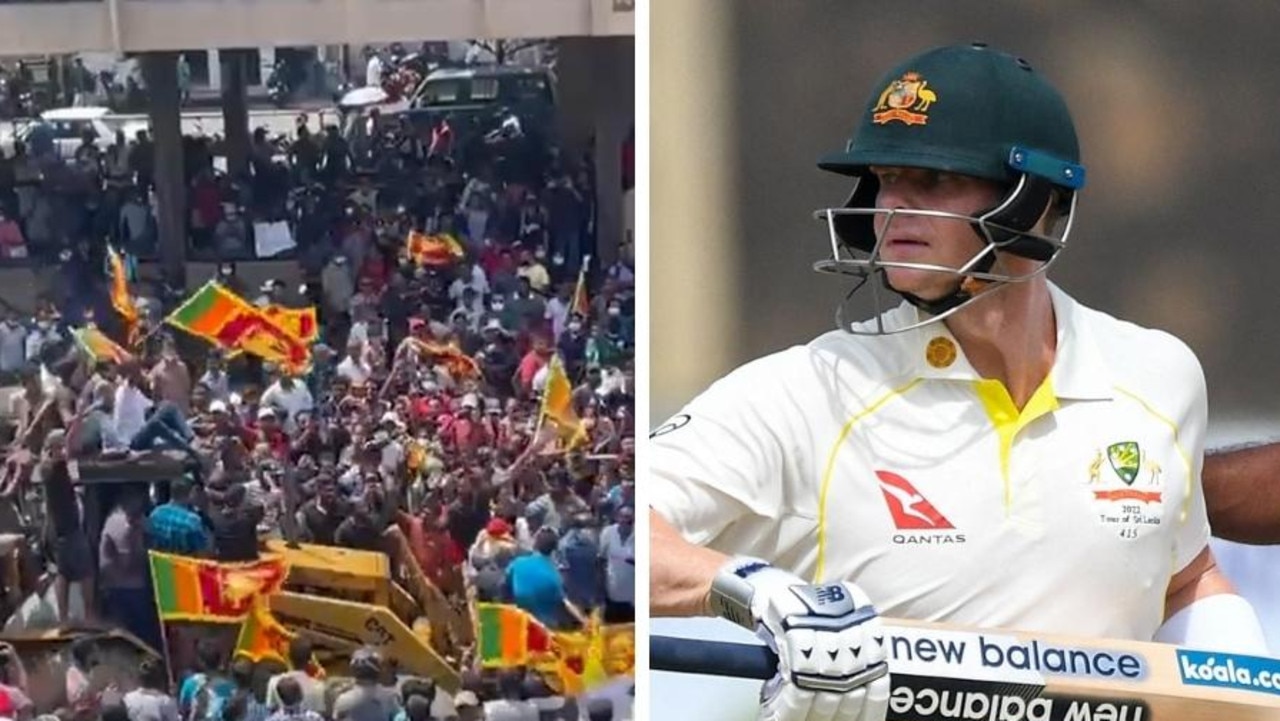
Sri Lankan locals were barred from watching the second Test against Australia from the ramparts of Galle Fort, but that didn’t stop peaceful protesters gathering on the iconic landmark’s walls on Saturday.
The 16th-century fort, which overlooks Galle International Stadium, is one of the picturesque cricket venue’s distinguishing features, with large crowds typically watching the action from the southern end.
Watch Australia’s Tour of Sri Lanka. Every T20, ODI and Test Match Live & On-Demand on Kayo. New to Kayo? Start your free trial now >
During last week’s series opener, which Australia won by 10 wickets, protesters donning anti-government placards were forcibly removed from the public area.
One of the signs called for president Gotabhaya Rajapaksa to resign: “Go home Gota.”
An army spokesman explained that protesters had been removed to ensure Australia’s batters were not distracted, but the Aussie cricketers later denied they had any visibility issues whatsoever.
Regardless, no spectators were seen on the fort’s walls on day one of the second Test match, with police and army patrolling the area.
Sri Lanka’s economy has collapsed after years of macroeconomic mismanagement by the ruling Rajapaksa family, resulting in severe food, fuel and electricity shortages.
Protests have raged since April, with demonstrators accusing president Rajapaksa and his government of policy blunders and fiscal mismanagement that quickened the nation’s economic downfall.
Sri Lanka Cricket has banned spectators from bringing placards and banners into international fixtures this season, but posters thanking Australia for touring were allowed.
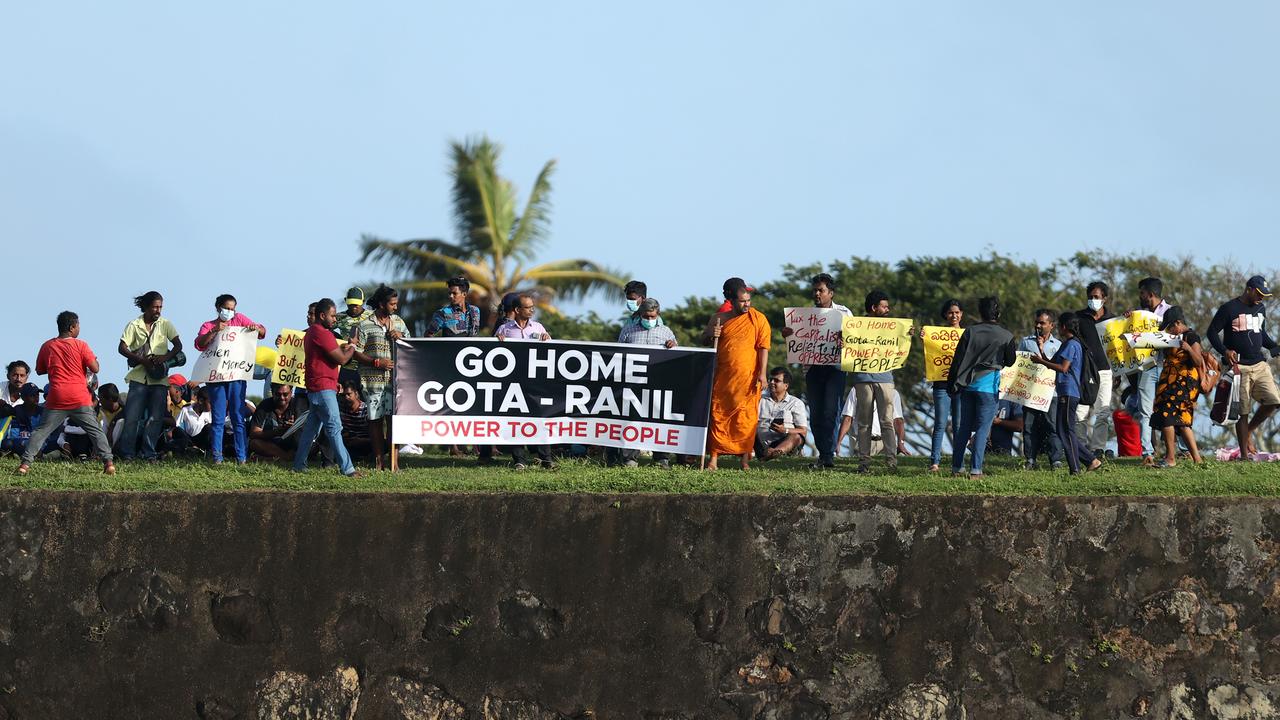
Ahead of the highly-anticipated first Test at Galle International Stadium, residents deliberately formed a line of empty gas bottles, coloured blue and yellow, halfway around the perimeter of the picturesque venue.
It was a grim and poignant reminder that the needs of foreign athletes had been prioritised over the local population, which is on the verge of a humanitarian emergency.
A major protest took place in Colombo on Saturday, but the government cancelled buses and blocked petrol sales to prevent Galle citizens from travelling to the Sri Lankan capital.
Instead, citizens gathered outside the cricket stadium for an impromptu protest, which eventually made its way to the top of Galle Fort.
As Australian vice-captain Steve Smith crawled towards an unbeaten 145 in the morning session, hundreds of Sri Lankan protesters migrated to the fort’s walls — police were helpless to stop them.
Subsequently, the Galle Test match was contested with the echoes of firecrackers and chanting in the background.
“The country’s in turmoil,” Smith told reporters at stumps.
“People are outside having their say. We could obviously hear it, you can still hear it now.”
Meanwhile, police imposed a curfew in Colombo and surrounding areas after firing tear gas and using a water cannon on demonstrators. The Bar Association of Sri Lanka has branded curfew “blatantly illegal and a violation of fundamental rights”.
Later on Saturday, angry protesters stormed the president’s residence in Colombo, forcing Rajapaksa to flee to safety.
This is for our future. pic.twitter.com/pSMmo4o81Q
— Kumar Sangakkara (@KumarSanga2) July 9, 2022
This is wild. Protesters who’ve stormed the Sri Lanka President’s house amid the escalating economic crisis are swimming in his pool. https://t.co/fumlLiaejv
— Avani Dias (@AvaniDias) July 9, 2022
People storm Presidential Secretariat and Old Parliament. pic.twitter.com/CbTg4LPg0b
— DailyMirror (@Dailymirror_SL) July 9, 2022
The locals are furious, and understandably so — Sri Lanka’s foreign exchange reserves have dropped from $7.6 billion in 2019 to $1.6 billion in April, currently reeling at less than $1 billion.
Colombo has been plagued by 10-hour blackouts since March, with car drivers and tuktuks forming kilometres-long queues for fuel.
Schools have temporarily closed, while countless local businesses that can no longer afford imported supplies are shutting down.
More Coverage
In May, a two-day-old baby died in the highlands town of Haldummulla after falling ill, with her parents unable to source petrol to rush her to the nearest hospital.
But as Colombo’s citizens endure daily power outages, the Australian team bus and its security convoy travel to and from the venue each day, passing long queues of desperate locals sleeping in their cars waiting for fuel.
The floodlights at R Premadasa Stadium were unaffected for last month’s ODI matches between Australia and Sri Lanka, with the venue’s lighting tapping into generators from the state-owned Ceylon Electricity Board.




